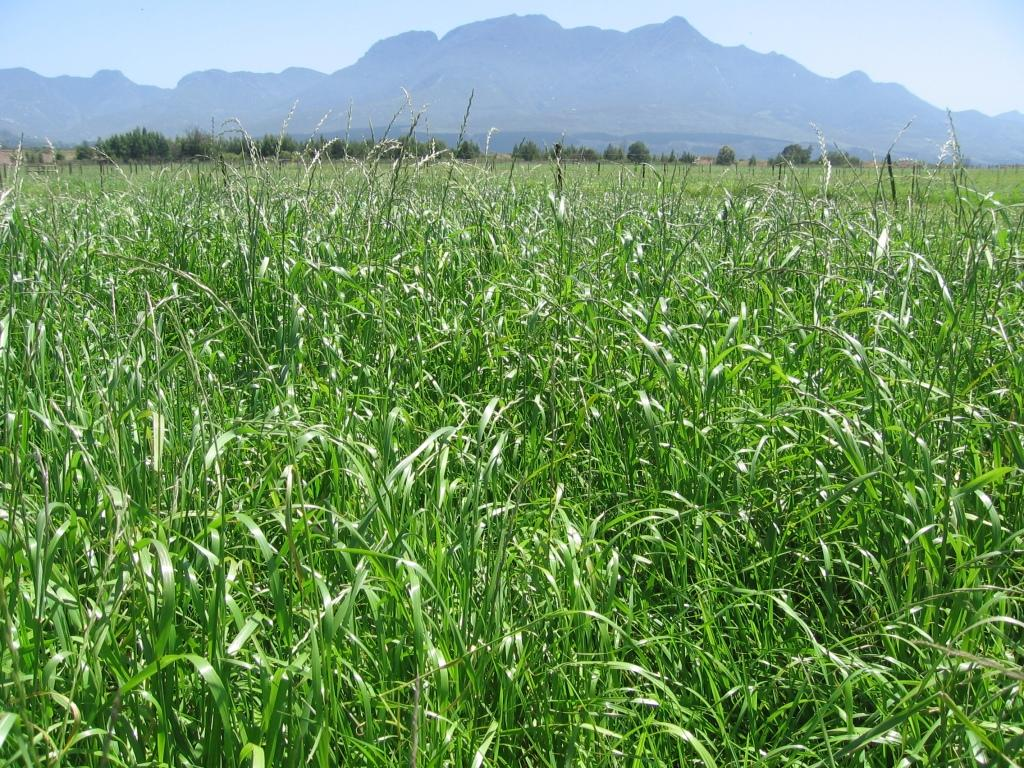
 Sigrun Ammann
Sigrun Ammann Pieter Swanepoel
Pieter SwanepoelTechnical Issues?
If you're experiencing playback problems, try adjusting the quality or refreshing the page.
Questions for Speakers?
Use the Q&A tab to submit questions that may be addressed in follow-up sessions.
